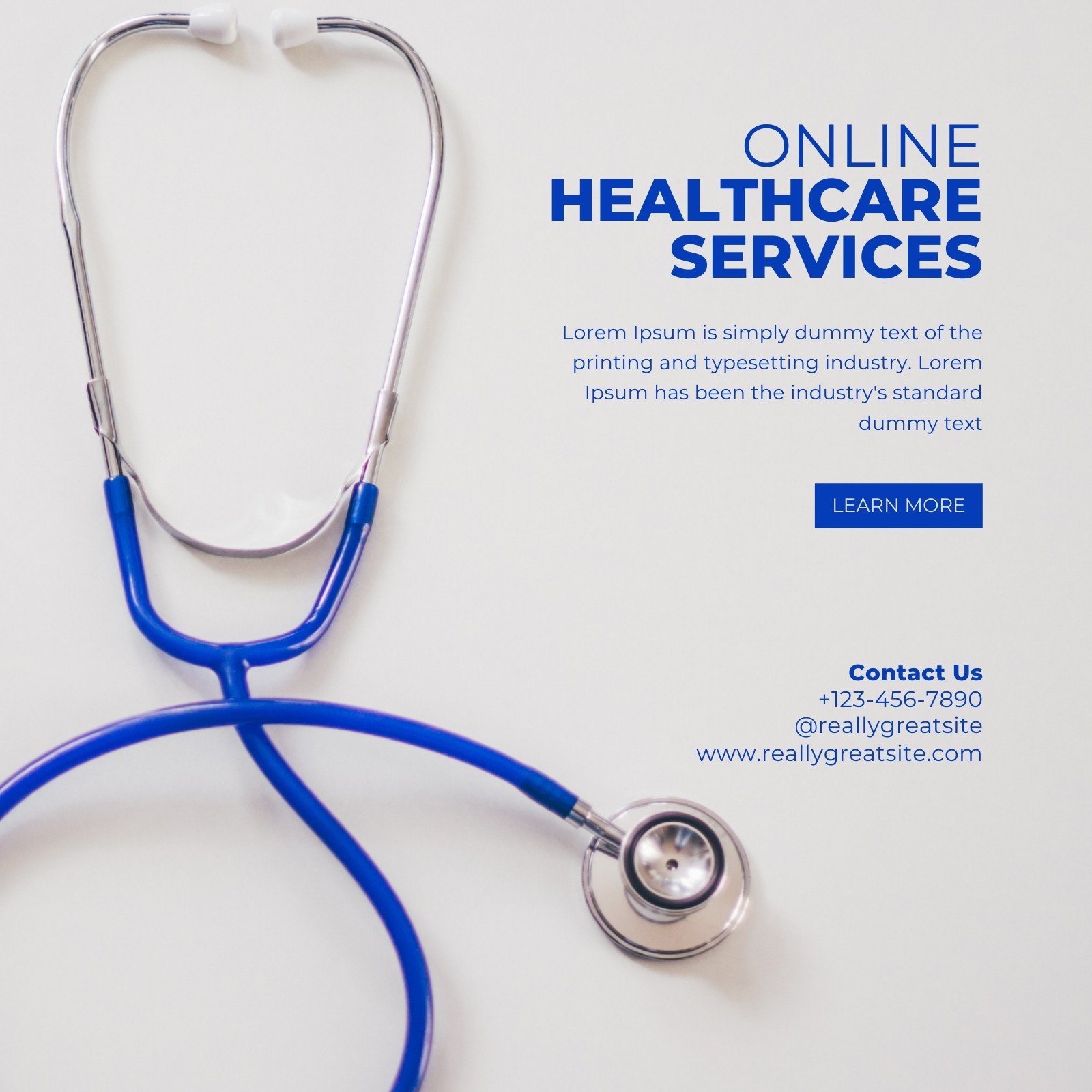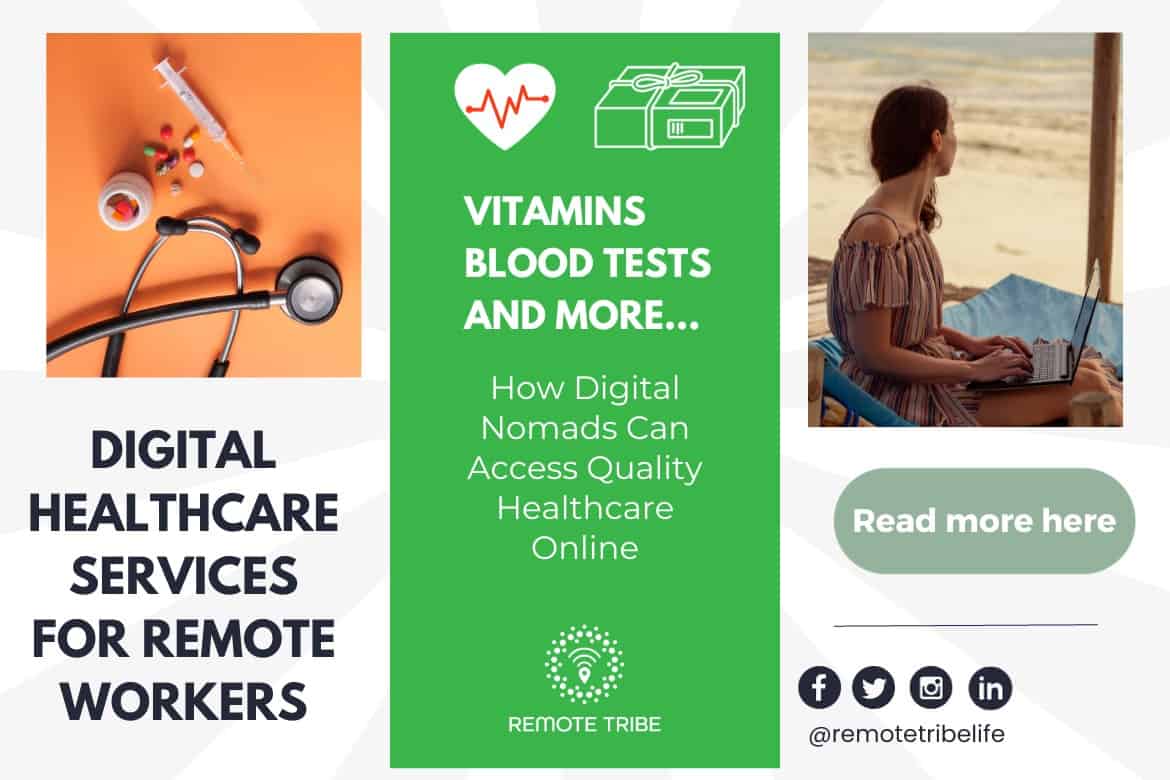Discovering the Development of Subscription Based Healthcare in the Digital Age
Wiki Article
Comprehending the Cost-Effectiveness of Subscription-Based Health Care Versions
As the medical care landscape develops, subscription-based versions arise as a compelling option, guaranteeing to redefine exactly how people handle clinical costs. Examining these designs' cost-effectiveness requires a nuanced contrast with standard insurance coverage, considering both economic implications and individual satisfaction. While they provide openness and predictability in prices, inquiries remain about their capability to fulfill varied healthcare needs, especially for specialized treatments. The viewpoints of doctor additionally complicate this equation, presenting a complex obstacle. What does the future hold for these designs, and can they truly deliver on their guarantee of available, cost effective care?Summary of Subscription-Based Designs
Subscription-based medical care designs, often referred to as direct medical care or attendant medication, are significantly gaining attention as a prospective option to inefficiencies within standard medical care systems. These models run on the principle of offering people straight access to doctor via a yearly or month-to-month charge, bypassing the requirement for standard insurance policy mechanisms. This setup intends to simplify patient-provider communications by reducing management worries, which typically prevent timely and customized care.At the core of subscription-based designs is the emphasis on a much more tailored client experience. Individuals gain from enhanced accessibility to their physicians, commonly including next-day or same-day consultations, extended assessment times, and direct interaction networks such as phone or video phone calls. This model promotes a positive method to healthcare, where clients and carriers can collaboratively concentrate on preventative care and persistent illness administration.

Cost Comparison With Conventional Insurance

One of the main economic benefits of registration models is transparency in costs. Alternatively, standard insurance may be a lot more useful for individuals requiring specialized treatment or costly treatments not covered under a registration design, as they benefit from the broader insurance coverage network and cost-sharing mechanisms.
Nonetheless, cost-effectiveness is context-dependent. While subscription models may use financial savings for those mainly requiring medical care, individuals with persistent conditions or specialized health care demands may locate traditional insurance policy much more thorough. Examining particular health care needs and possible use is vital in identifying the most cost-effective option for individuals.
Effect On Person Fulfillment
Patient complete satisfaction within subscription-based health care designs often mirrors a considerable enhancement over conventional insurance policy systems. This improvement is largely credited to the personalized care and availability these designs supply. Individuals regularly report greater satisfaction because of decreased wait times and the ease of organizing consultations. Unlike traditional systems, where clients might experience hold-ups in receiving care, subscription-based designs make certain more straight and prompt interactions with doctor.Additionally, the transparency in prices related to subscription-based healthcare eases the typical frustrations associated with unexpected charges and intricate payment processes seen in conventional insurance policy (subscription based healthcare). People appreciate recognizing the exact economic commitment upfront, bring about enhanced depend on and confidence in their medical care management
In addition, the emphasis on precautionary treatment and health in subscription designs adds to improved health end results, better enhancing individual satisfaction. By focusing on continuous health care rather than episodic treatment, people experience an even more continual and holistic internet health care trip.
In addition, the enhanced provider-patient connection cultivated in these models, characterized by more time invested per person and customized interest, plays a crucial role in raising individual contentment levels, as patients feel really taken care of and recognized.
Provider Point Of Views and Experiences
From the supplier's point of view, subscription-based medical care versions offer a transformative approach to delivering medical services. These models emphasize a proactive and preventative healthcare technique, enabling companies to concentrate on detailed individual care without the restrictions of conventional fee-for-service arrangements (subscription based healthcare). This shift in focus often causes boosted person results and boosted company fulfillment, as health care professionals can allocate even more time and sources to individual engagement and personalized treatment strategiesFurthermore, subscription versions assist in predictable revenue streams, which boost economic stability for healthcare carriers. This predictability enables enhanced resource preparation and allowance, adding to an extra effective healthcare distribution system. Suppliers can invest in team training, framework, and innovation enhancements, thereby improving the quality of care supplied.
Nevertheless, the change to subscription-based designs is not without obstacles. Companies have to adapt to brand-new operational frameworks, which can entail significant modifications in payment methods and person management systems. Additionally, there is an inherent requirement for robust data monitoring to track client end results and ensure high quality treatment. Regardless of these hurdles, lots of providers discover that the advantages of raised client interaction and structured procedures surpass the initial difficulties, making subscription-based designs an eye-catching option.
Future Prospects and Challenges

A primary obstacle is regulative compliance, as registration designs should comply with progressing healthcare plans and insurance coverage requirements. This demands constant adjustment and advancement to guarantee placement with legal criteria. Furthermore, incorporating these designs into existing health care infrastructures can be complicated, requiring considerable investments in innovation and training.
There is also the prospective risk of producing injustices in health care accessibility, as subscription versions might prefer those that can afford them, leaving prone populations underserved. Addressing this calls for thoughtful consideration of prices approaches and subsidy systems to ensure inclusivity.
Final Thought
Subscription-based medical care address models provide a viable option to typical insurance by using economic predictability and transparency, especially profiting people with persistent conditions or regular health care demands. The check this cost-effectiveness of these models is contingent upon private health care use patterns and circumstances. While they may improve individual contentment and streamline budgeting, challenges stay in attending to specialized treatment demands. Future factors to consider include balancing comprehensive insurance coverage with affordability and incorporating these versions within the wider healthcare system for ideal outcomes.Subscription-based medical care versions, often referred to as straight main care or concierge medication, are significantly getting interest as a prospective service to inefficiencies within traditional medical care systems. Unlike typical systems, where individuals may experience delays in obtaining treatment, subscription-based designs ensure even more prompt and straight interactions with healthcare providers.
These versions highlight a proactive and preventative health care technique, allowing carriers to focus on comprehensive client treatment without the restraints of typical fee-for-service arrangements. As these versions continue to gain traction, they supply the prospective to revolutionize person access to care, simplify service delivery, and maximize health care investing.Subscription-based health care versions provide a viable option to typical insurance coverage by supplying monetary predictability and openness, particularly profiting people with chronic problems or constant health care demands.
Report this wiki page